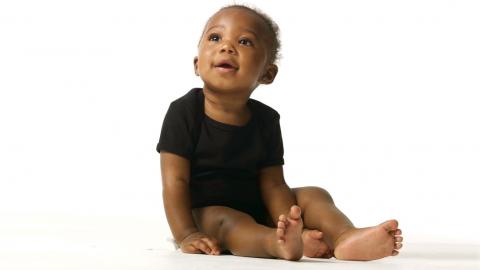Handling pediatric seizures
0 seconds of 0 secondsVolume 90%
Press shift question mark to access a list of keyboard shortcuts
Keyboard Shortcuts
Shortcuts Open/Close/ or ?
Play/PauseSPACE
Increase Volume↑
Decrease Volume↓
Seek Forward→
Seek Backward←
Captions On/Offc
Fullscreen/Exit Fullscreenf
Mute/Unmutem
Decrease Caption Size-
Increase Caption Size+ or =
Seek %0-9
Comment
Richard Pass, RN, Nurse & CPR Expert, shares advice for parents on the proper steps to take when your child is having a pediatric seizure
109
Transcription:
Well, seizures or seizure activity is not that uncommon in the pediatric population. Between the ages of 1 and 3, there tends to be a higher incidence of seizure related to high fever – we call that spiking the fever – and this sometimes will trip the mechanism in the brain and cause a seizure to start. These events usually last a minute or two and are generally not that dangerous in and of themselves.
There are some old treatments and ideas including going in to try to protect the victim’s tongue and so forth, but these have proven to be actually dangerous to do. So we really don’t want you going in the mouth of a seizure victim. There may be some additional salivating and/or bleeding from biting their own tongue, or cheek or lip, but this is just incidental and I wouldn’t worry much about it.
It is, however, time to call 911. We prefer that you do not transport the seizure victim to the emergency room by yourself in the event that there may be another seizure, this is much better to have paramedics with this baby or child.
Richard Pass, RN, Nurse & CPR Expert, shares advice for parents on the proper steps to take when your child is having a pediatric seizure
Related Videos
Transcript
Expert Bio
More from Expert
Richard Pass, RN
Registered Nurse & CPR Expert
Richard Pass, RN, BS, was born in Los Angeles. He studied nursing in Portland, Oregon and has since practiced nursing for 35 years, including ICU, Emergency, and Cardiology nursing. Richard started his CPR & Family Safety educational company, Save a Little Life, Inc., in 1999. With Save a Little Life, Inc., Richard presents house calls and classes all over the Los Angeles area. He teaches medical-surgical nursing at California State University, and is married with two grown children and one grandchild.




 GET ACCESS TO ALL PREMIUM CONTENT WITH NO ADS FOR $4.99/MONTH
GET ACCESS TO ALL PREMIUM CONTENT WITH NO ADS FOR $4.99/MONTH




Login or Register to view and post comments